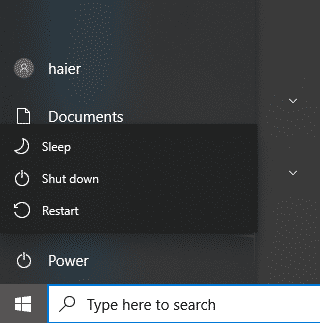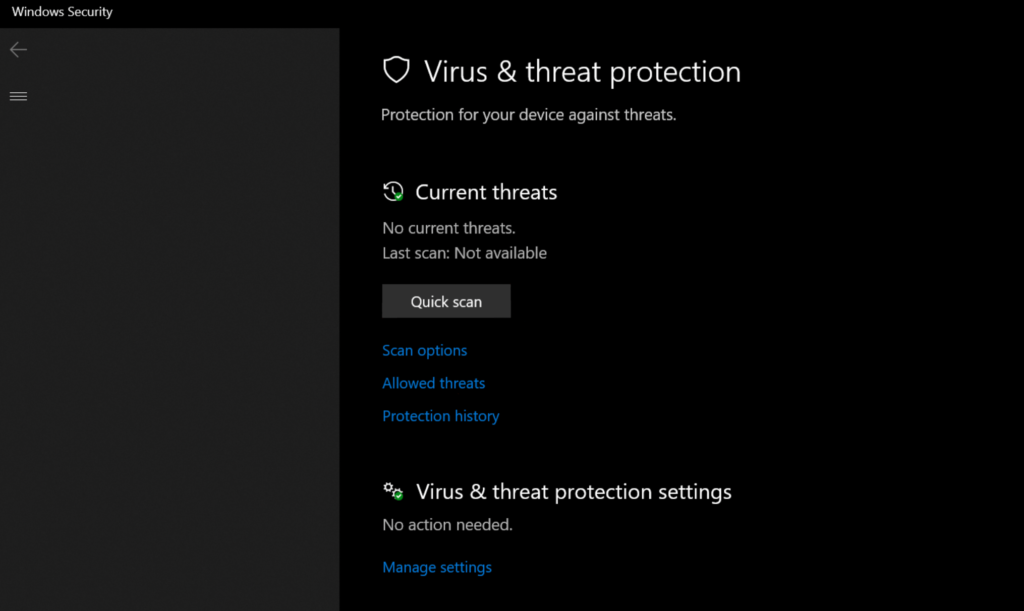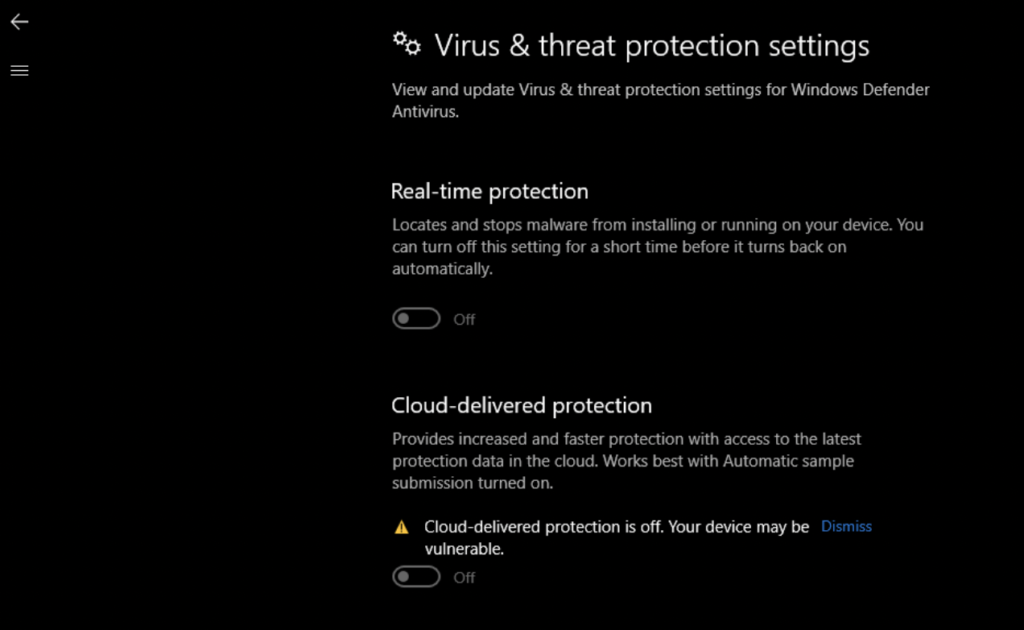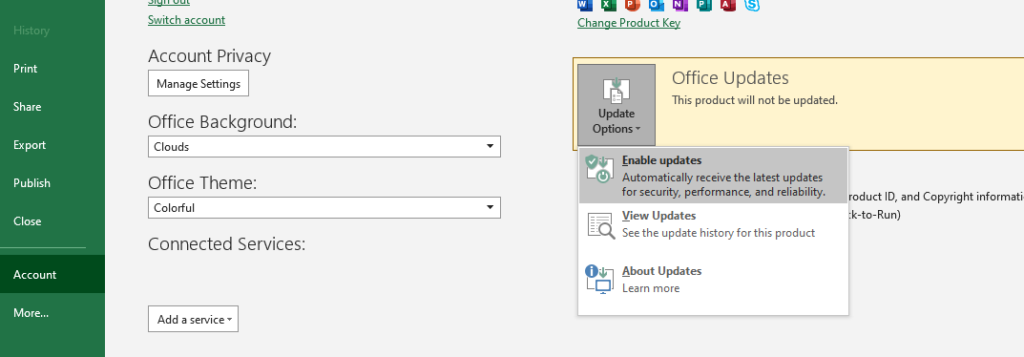Can’t figure out why Excel is not saving documents on your network drive?
Local file sharing is an important aspect of any organization or company. With local file sharing, employees can easily access documents and files from other teams without having to request them or download them on the cloud.
If your company handles sensitive data from clients, it is also safer to store files locally to avoid leaks.
However, there are ins and outs to using a network drive. If your permissions are not set accordingly, some users might not be able to access files from the drive, store data, or even open the network drive altogether.
If you are here, we can assume that Microsoft Excel is not saving documents on your network drive. Most of the time, this problem is caused by improper configurations on the network drive.
However, before calling in your network admin, here are a few workarounds you could try.
Let’s begin!
1. Restart Your Computer.
Before tweaking anything on your system, we recommend restarting your device first to ensure that the problem is not caused by a temporary bug or glitch. This should also reload your resources and refresh the connection with your network drives.
Here’s how you can restart your PC:
- First, open the Start Menu by pressing the Windows key on your keyboard.
- Now, click on the Power Options tab.
- Lastly, choose Restart to reboot your system.

Once done, go back to Microsoft Excel and try saving your documents on the network drive.
2. Check If You’re Connected to the Network.
Although network drives operate locally, you’ll still need to be connected to your office or home network to access the drives. If you can’t save documents from Excel to your network drive, confirm if your computer is connected to the network.
Check if the LAN cable is properly inserted into the port or ensure that your computer is connected to the Wireless Network.
3. Turn Off Windows Defender.
Windows Defender is the built-in antivirus software of Windows. Although it works great for protecting your system, it can get too protective and lock you out of legitimate apps and storage paths like your network drive.
If you can’t save documents on your network drive, try disabling Windows Defender in the meantime.
Here’s what you need to do:
- First, press the Windows + I keys on your keyboard to open Windows Settings.
- After that, search for ‘Windows Security Settings’ and access it.
- Now, go to Virus & Threat Protection > Manage Settings.

- Lastly, disable all the features available and restart your computer.

Go back to your Excel file and try saving it to your network drive.
4. Update Microsoft Excel.
If you still encounter issues while saving your CSV file, try updating Microsoft Excel to the latest version possible. This should patch bugs and glitches in the app and ensure that you have a working version of Excel.
Check out the guide below to update Excel:
- First, open Microsoft Excel and access the File tab.
- Now, go to Accounts.
- Lastly, click on Update Options and choose Update Now or Enable Updates.

Relaunch Excel and check if the problem is solved.
5. Reinstall Microsoft Excel.
At this point, the last thing you can do is delete Microsoft Excel from your computer and install a fresh copy. This way, you can ensure that the app is installed correctly and there are no missing resources from your system.
Follow the guide below to delete Excel:
- On your computer, go to the Control Panel and click on Uninstall a Program.
- Look for Microsoft Excel afterward and right-click on it.
- Finally, choose Uninstall and follow the prompts.
Reinstall the app afterward and see if you can now save your documents on the network drive.
That ends our guide on how to fix Excel if it’s not saving documents on your network drive. If you have other concerns, don’t hesitate to let us know in the comment section, and we’ll get back to you as soon as we can.
If this guide helped you, please share it. 🙂





